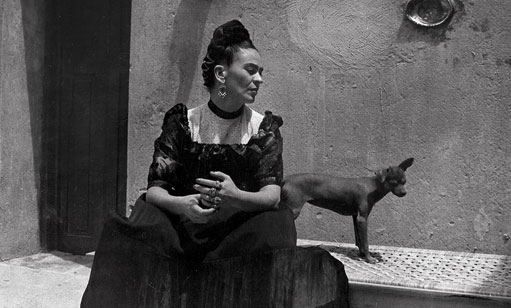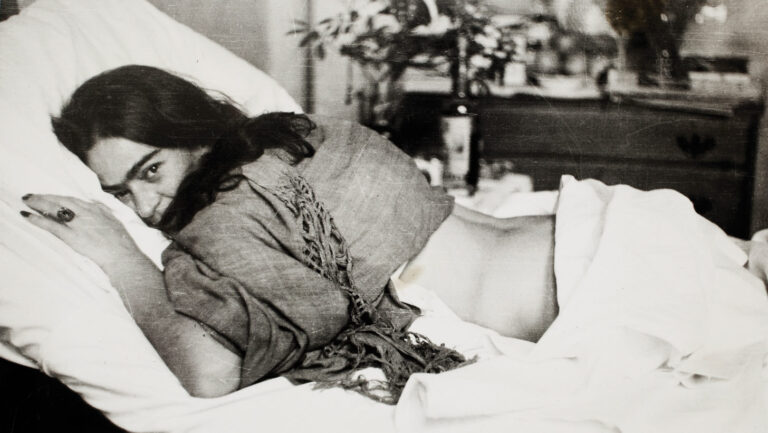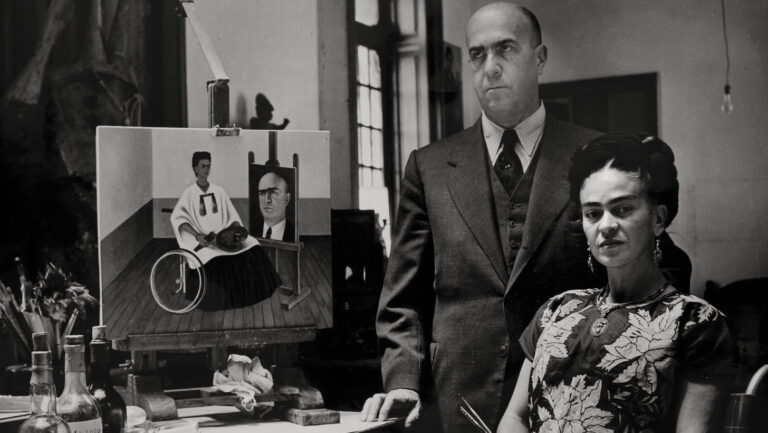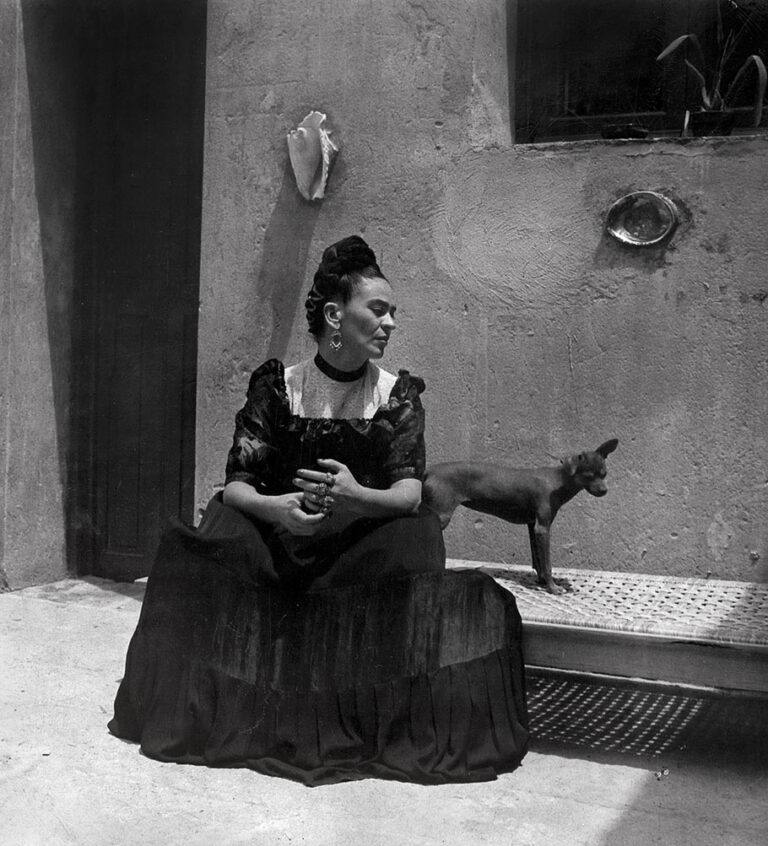Culture Shock: Frida Kahlo Through The Lens
Her “Battlefield Of Suffering” Illumined In 241 Photos From Her Private Collection


Frida stomach down, 1946
by Nickolas Muray courtesy of Frida Kahlo Museum

Frida Kahlo with the doctor Juan Farill, 1951
by Gisel̀e Freund courtesy of Frida Kahlo Museum

Frida Kahlo with the doctor Juan Farill, 1951
by Gisel̀e Freund courtesy of Frida Kahlo Museum

Frida Kahlo, ca. 1944
by Lola Alvarez Bravo courtesy of Frida Kahlo Museum








